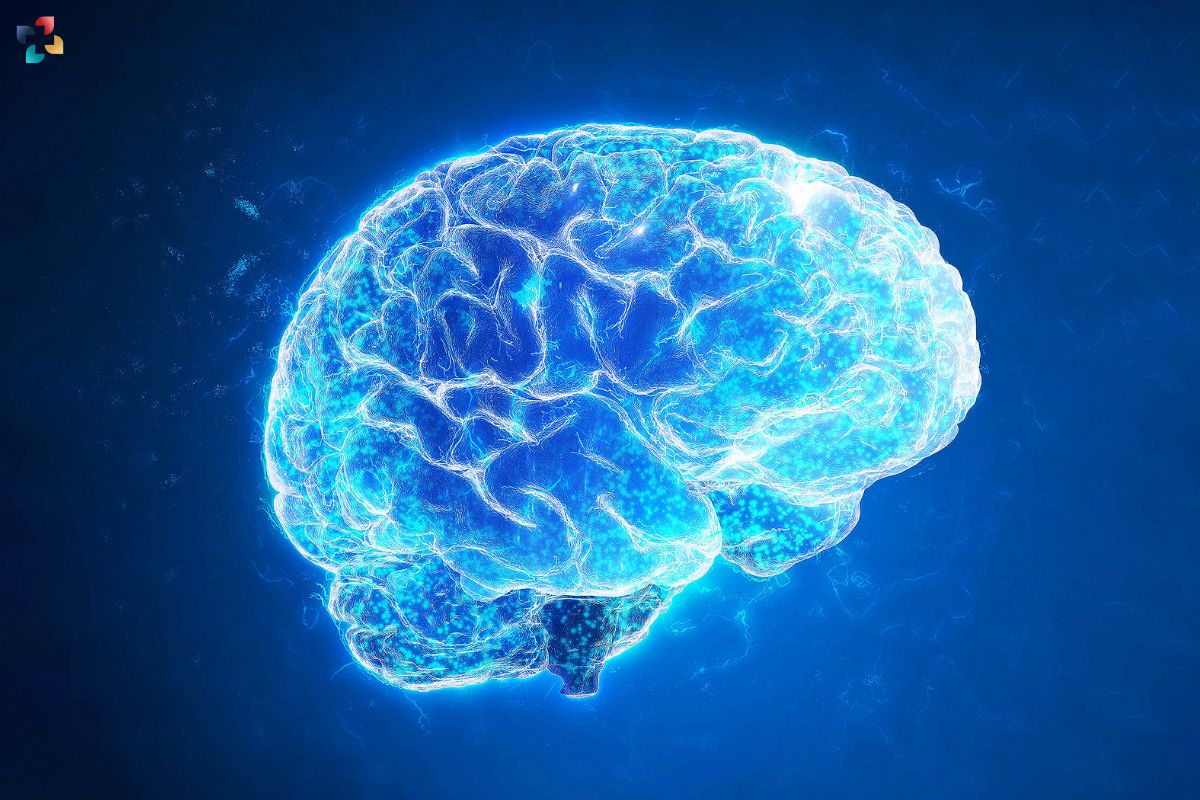A Landmark Achievement in Brain Research
Harvard and Google researchers have achieved a monumental breakthrough in neuroscience by creating the largest synaptic-resolution, 3D reconstruction of human brain fragments to date. Led by Jeff Lichtman, the Jeremy R. Knowles Professor of Molecular and Cellular Biology at Harvard, the collaborative effort has resulted in a detailed portrayal of neural connections within a piece of human temporal cortex, unveiling intricate details of brain structure previously unseen.
Collaboration and Technological Advancements
Published in the journal Science, the accomplishment stems from nearly a decade-long collaboration between Harvard and Google Research. The team utilized advanced electron microscopy imaging techniques combined with cutting-edge AI algorithms from Google to meticulously reconstruct the complex wiring of mammalian brains. Former Harvard postdoctoral researcher Alexander Shapson-Coe, along with Michał Januszewski of Google Research and Harvard postdoctoral researcher Daniel Berger, served as co-first authors of the paper.
Implications and Future Directions
This groundbreaking research of 3D reconstruction of human brain fragments holds significant implications for understanding brain function and disease. Lichtman’s expertise in connectomics, akin to genomics for brain structure, aims to provide comprehensive insights into neural circuits at the cellular level. The reconstructed map offers unprecedented details, including rare axonal formations and structural abnormalities, shedding light on brain complexity and pathology.
Moreover, Google’s AI algorithms enable researchers to navigate and annotate the connectome, facilitating further exploration and analysis. With support from the National Institutes of Health BRAIN Initiative, the team aims to extend their efforts to map the neural wiring of a whole mouse brain, paving the way for new discoveries in neuroscience and potential advancements in understanding memory and neurological diseases.
In summary, the collaboration between Harvard and Google represents a significant leap forward in brain research, offering a glimpse into the intricate workings of the human brain at a level of detail never before achieved. As the journey continues, researchers are poised to unravel more mysteries of the brain and unlock new avenues for therapeutic interventions and treatments.
Also Read: Breakthrough Imaging Technique Reveals New Insights into Human Brain Tissue











